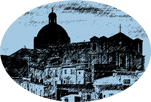Siculiana e dintorni
Popular attractions
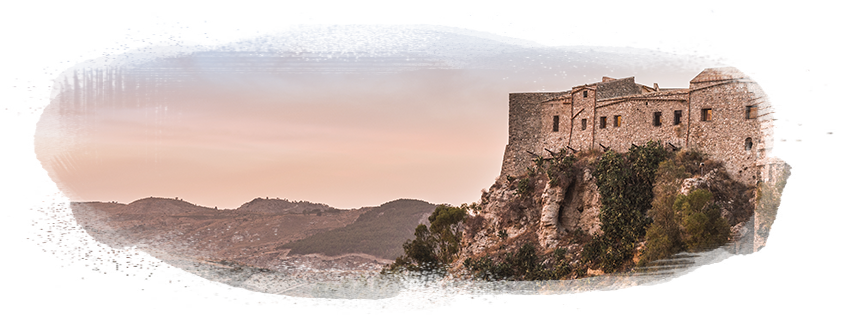
Il castello di Siculiana è un monumento all’anonima e ricca architettura castellana.
Costruito sull’estremita della cresta rocciosa di un promontorio, forse sede dell’antica Cena, dominava con le sue torri, un tempo merlate, il paese che porta il medesimo nome e la vallata dolcemente adagiata sul mare Mediterraneo.
Costruito sull’estremita della cresta rocciosa di un promontorio, forse sede dell’antica Cena, dominava con le sue torri, un tempo merlate, il paese che porta il medesimo nome e la vallata dolcemente adagiata sul mare Mediterraneo.
L’origine del fortilizio è araba. Fu Federico Chiaramonte che lo ricostruì e gli diede splendore. Nel 1311, con grande pompa di apparati, si celebrò, nel castello, il secondo matrimonio tra l’unica figlia di Federico, Costanza, ed il nobile genovese Brancaleone Doria, il quale nel 1335 divenne governatore di Sardegna. Numerosi furono gli sposalizi ed accordi nobiliari celebrati nel castello, incoraggiati da un’antichissima credenza che vuole benedetti dalla Provvidenza i patti conclusi sulla “Rocca di Siculiana”. Nel mezzo della piazza d’armi alla fine del ‘300 fu realizzata una profonda cisterna, ancora intatta, per la conservazione di acqua piovana, vitale in caso di assedio. La chiesa di S. Lorenzo, posta sull’ala Sud del Maniero è la più antica del paese, fu edificata nel XVII sec. Essa fu la prima sede di culto del SS. Crocifisso, che è attualmente custodito nell’omonimo santuario del paese. Il fortilizio fu adibito in diverse epoche anche a carcere. L’ultimo barone di Siculiana riconosciuto con regio decreto fu Antonio Perez. Il barone Agnello agli inizi del nostro secolo demolì il “Quarto Nobile”, l’ala di maggiore interesse artistico del castello, per costruirvi una sontuosa residenza. In quest’ultima dimorò, ospite del barone Francesco Agnello, Giuseppe Tomasi di Lampedusa, insigne scrittore del ‘900. Qui, secondo diversi studiosi, scrisse pagine del Suo capolavoro “Il Gattopardo”.
The Castle Chiaramonte of Siculiana, situated in thehomonymous town, is a rich and splendid architectural monument. It was built on the top of a headland, probably seat of the ancient cena. The castle dominated, with its towers, the village and the valley that lies gently on the Mediterranean sea.
The origin of the fortress is Arab. The ancient arab castle was rebuilt in 13140, by order of Federico Chiaramonte. In 1311 Costanza, Federico Chiaramonte’s only daughter, celebrated in the castle her second mariage. Her husband was the noble from Genoa Brancaleone Doria, who became Governor of Sardinia in 1335. Many mariages and noble agreements were celebrated in the castle, due to its splendor and to the belief that any celebration that took place on the “Rock of Siculiana”, was blessed. In the late years of the XIV century, in the centre of “Piazza d’Armi”, a deep cistern was bored to gather and conserve rain water for daily use. A precious resource in case of siege, which you can still admire today. The Church of St. Lorenzo, in the south wing of the castle, is the most ancient of Siculiana, built during the XVII century. here, began the cult of the St. Crucifix, which is kept in the homonymous sanctuary. During the ages, the castle became a prison. The last Baron of Siculiana was AntonioPerez. In the early years of the XX century, the Baron agnello ordered the destruction of the “Forth Noble”, the most important artistic and historical part of the castle, to build a luxurious residence for himself. In this residence, Giuseppe Tomasi di Lampedusa, one of the most important writers of the 900s, was Agnallo’s guest. Many think that during his stay, he wrote the last pages of his masterpiece “The gattopardo”.

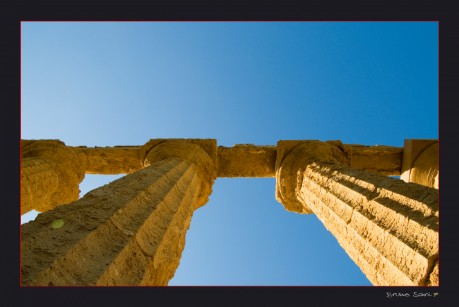

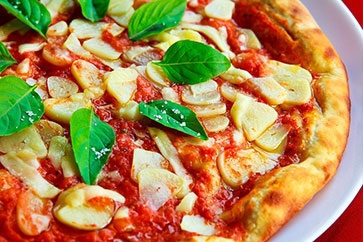
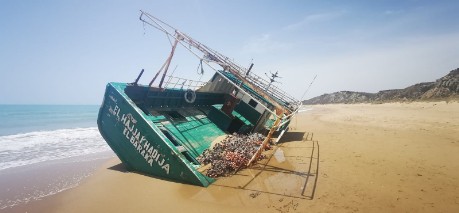
AGRIGENTO
Valley of the Temples is over thousand years old and covers 1300 hectares. It's the largest archaeological site in the world and it's in a wonderful state of preservation. The area was included in UNESCO World Heritage Site list in 1997.
La valle dei templi di Agrigento è senza dubbio un luogo unico, che racconta una storia antica più di duemila anni. L’area d’interesse storico, caratterizzata dall’eccezionale stato di conservazione, si estende per più di 1300 ettari nel sito archeologico più grande del mondo. Dal 1997 la valle dei templi di Agrigento è patrimonio mondiale dell’umanità UNESCO.
FRESH FISH
PORTO EMPEDOCLE
Nella vicina Porto Empedocle è possibile recarsi la mattina al porto ed aspettare i pescherecci di rientro dalla battute di pesca notturna acquistando direttamente le cassette di pesce appena pescato a bordo.
In the nearby Porto Empedocle you can go to the port in the morning and wait for the fishing boats to return from the night fishing trips by purchasing the boxes of freshly caught fish on board.
RESTAURANTS AND MORE
RISTORANTI E PIZZERIE NEI DINTORNI
Ecco una selezione di pizzerie e ristoranti nei dintorni che abbiamo avuto il piacere di provare e trovare di nostro gusto (le segnalazioni solo esclusivamente effettuate su base personale e non commerciale).
Here is a selection of pizzerias and restaurants in the surrounding area that we had the pleasure of trying and finding to our taste (reports only made exclusively on a personal and non-commercial basis).
Siculiana: Pizzeria Rosticceria La Giara Via Botticelli, 1, 92010 Siculiana AG
Montallegro (Bovo Marino): Ristorante La Canaima, Bovo Marino - Monatellegro.
Agrigento: Ristorante Aguglia Persa Via Francesco Crispi, 34, 92100 Agrigento AG
Bar - Pasticcerie
Siculiana: Caffetteria del Corso - Via Leonardo Da Vinci, 10, 92010 Siculiana AG
Siculiana: Pasticceria Pinzarrone - Via Giacomo Puccini, 10, 92010 Siculiana AG
Montallegro: Barry White - Via della Vittoria, 44, 92010 Montallegro AG
Porto Empedocle: Bar Fantasy - Via Variante Nord, 21, 92014 Porto Empedocle AG
Porto Empedocle: Bar Plano - 7GVH+8V Porto Empedocle, Provincia di Agrigento
MOST POPULAR
BEACHES
Lorem ipsum dolor sit amet, consectetur adipiscing elit. Praesent eu urna at nisl imperdiet sodales.
